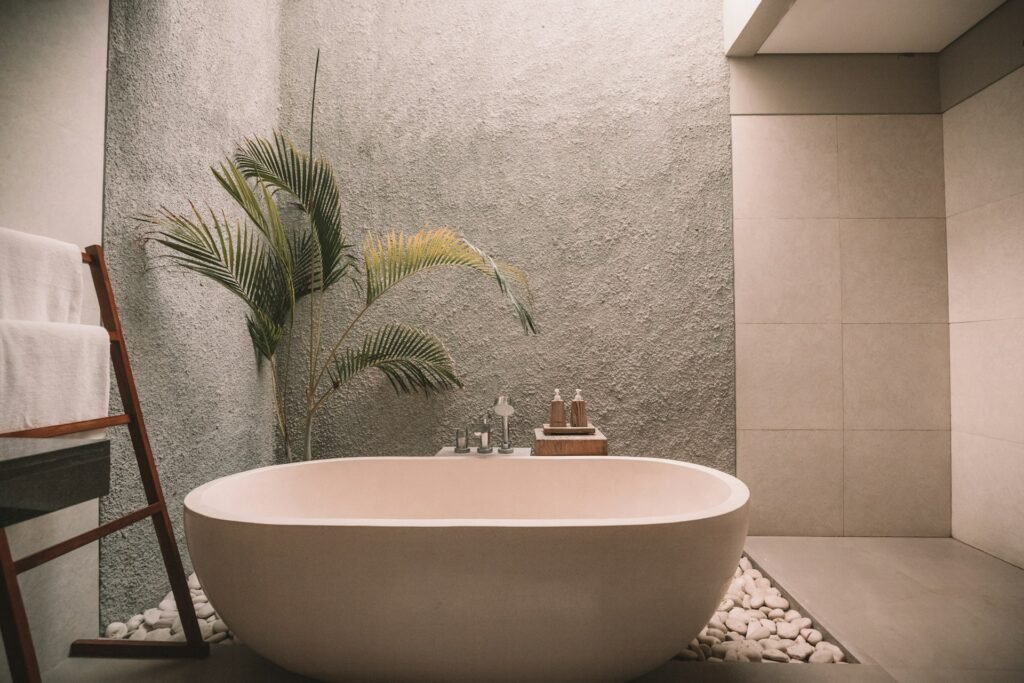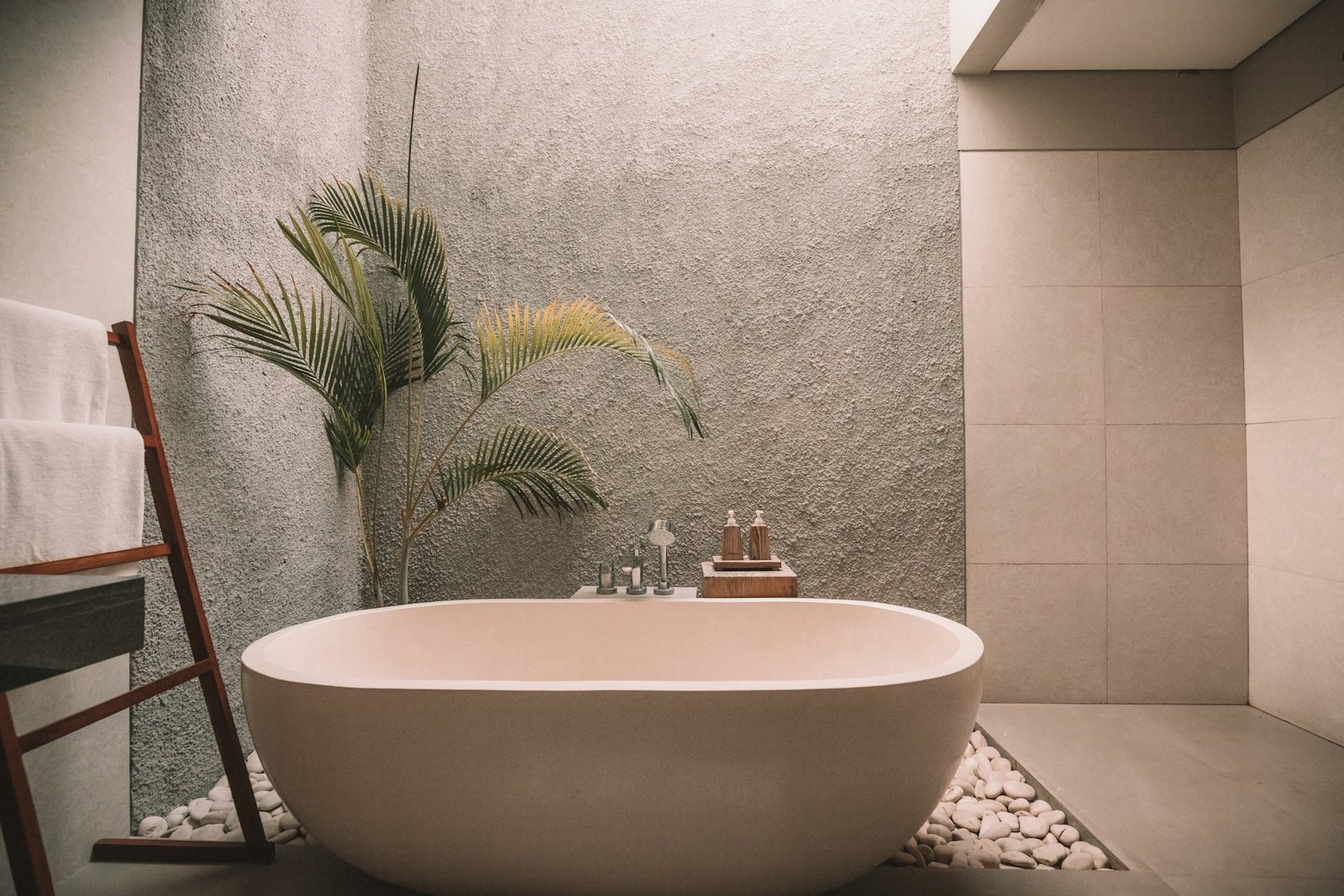
There is something undeniably special about older homes. They carry stories in their walls, character in their craftsmanship, and charm that newer buildings rarely match. Yet, time often leaves its mark—fading finishes, dated designs, and inefficient systems can make even the most beautiful home feel tired.
Transforming an aging property into a functional, elegant space requires more than surface updates; it calls for respect for the home’s heritage and a vision for its future. Across Orlando, Florida, homeowners are breathing new life into their vintage residences, turning outdated spaces into stunning reflections of timeless style and modern comfort.
Reimagining the Bathroom with Modern Comfort
One of the most impactful areas to upgrade in an older home is the bathroom. Over time, fixtures lose their shine, layouts feel confined, and styles that once felt elegant may now seem dated.
Thoughtful planning can turn this small but essential space into a sanctuary that blends comfort with sophistication. Bathroom remodeling in Orlando involves more than replacing tiles or installing new fixtures; it focuses on creating harmony between functionality and relaxation.
Upgrading plumbing systems, adding efficient lighting, and introducing contemporary materials can completely transform the atmosphere. Replacing bulky vanities with streamlined designs, choosing fixtures that enhance usability, and incorporating clever storage solutions bring both beauty and practicality.
When carefully executed, these updates preserve the timeless charm of the home while adding the refined comfort that modern living demands.
Reviving the Heart of the Home: The Kitchen
The kitchen often serves as the hub of daily activity, and in older homes, it can show its age through outdated cabinets, worn flooring, and inefficient layouts. A successful kitchen revamp retains the warmth and personality of the space while introducing contemporary convenience.
Open shelving can bring an airy feel, while updated cabinetry provides much-needed organization. Introducing natural light through larger windows or subtle lighting accents enhances the sense of openness.
Incorporating durable materials such as stone or wood ensures longevity and a timeless look. Retaining certain original details, such as moldings or exposed brick, helps preserve the home’s character even as new appliances and finishes modernize the experience.
Restoring Architectural Character
Many older homes boast distinctive architectural features like crown molding, wood beams, and intricate trim work that often go unnoticed when hidden beneath layers of paint or wear. Bringing these features back to life can dramatically elevate the home’s aesthetic.
Stripping old finishes, repairing damaged sections, and refinishing original woodwork restores the sense of craftsmanship that defines vintage homes. Homeowners can also enhance character by choosing period-appropriate materials or complementary colors that highlight the architecture.
Maintaining the balance between old and new ensures that restoration feels intentional rather than forced.
Updating Flooring for Style and Durability
Floors endure decades of foot traffic, spills, and wear. In older homes, uneven surfaces or outdated materials can detract from overall appeal. Replacing worn flooring or refinishing existing wood can transform how a space feels underfoot.
Original hardwood floors, if present, often respond beautifully to refinishing, revealing natural grains that contribute warmth and texture. In rooms where wood is not practical, tile or stone can offer resilience while maintaining cohesion with the home’s overall design.
Thoughtful selection of flooring materials ensures both durability and timeless beauty, helping bridge the gap between vintage character and modern comfort.
Improving Lighting and Energy Efficiency
Older homes often lack adequate lighting or rely on outdated electrical systems that limit functionality. Enhancing lighting is more than adding brightness; it is about shaping the mood of each space. Layered lighting—combining ambient, task, and accent illumination—can transform interiors.
Recessed lighting, stylish chandeliers, or wall sconces can modernize rooms without diminishing their charm. Upgrading to energy-efficient fixtures and bulbs not only improves visibility but also reduces long-term energy use. Incorporating natural light through strategically placed windows or skylights makes interiors feel larger, fresher, and more inviting.
Enhancing Living Spaces for Modern Lifestyles
Many older homes were designed with smaller, enclosed rooms that may not suit today’s preference for open and flexible living spaces. Carefully removing non-structural walls can create better flow while maintaining architectural integrity. Defined zones can still be achieved through thoughtful furniture placement or subtle design elements like ceiling beams or flooring transitions.
Integrating built-in shelving or multi-functional furniture maximizes space without cluttering the design. Updating color palettes with soft neutrals or warm tones adds a modern touch while preserving a sense of coziness. Each adjustment should support comfort and function while respecting the home’s original proportions.
Integrating Modern Technology Discreetly
While maintaining traditional aesthetics, modern technology can enhance convenience and safety. Smart thermostats, security systems, and energy-efficient appliances can be introduced discreetly, preserving the visual appeal of the interiors.
Concealed wiring and wireless systems allow for seamless integration without altering historic features. The goal is to improve daily living through subtle upgrades that do not disrupt the charm that makes older homes special.
Refreshing the Exterior and Curb Appeal
The exterior of an older home sets the tone for what lies within. Over time, exposure to the elements can dull finishes and highlight areas that need repair. A fresh coat of paint in colors that complement the architectural style can instantly revive the façade.
Restoring or replacing doors, shutters, and trim ensures visual harmony. Landscaping also plays a crucial role in enhancing curb appeal. Well-placed greenery, inviting pathways, and balanced outdoor lighting can make the property feel welcoming. These exterior updates often provide the first impression of transformation, setting the stage for the refreshed interiors.
Preserving Heritage While Embracing Change
Revamping an older home is as much about preservation as it is about modernization. The key lies in striking the right balance between old-world charm and present-day functionality. When approached with care and creativity, restoration becomes an act of storytelling—celebrating the craftsmanship of the past while writing a new chapter for the future.
Every material choice, design decision, and finishing touch should reflect respect for the home’s legacy. Transforming an aging property into a refined, livable masterpiece takes patience and attention to detail.








